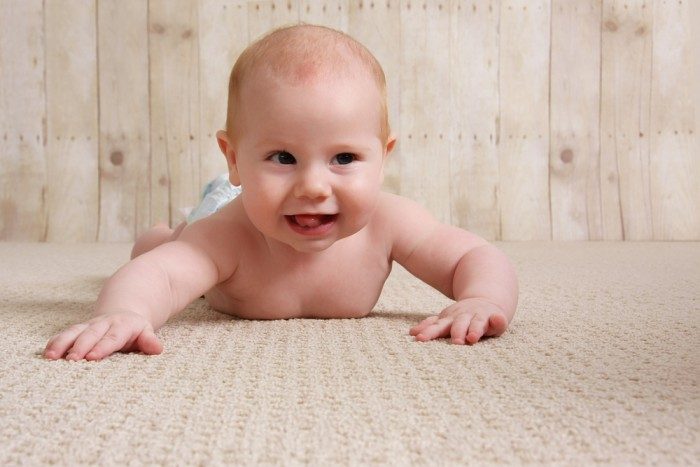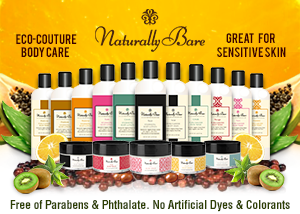Should You Hire a Green Carpet Cleaner?

If you have carpet, it’s going to get dirty. There’s no getting around it. Vacuuming once or twice a week certainly helps, but it doesn’t clean deep to remove dirt, germs, and bacteria. Sooner or later your carpet will need professional cleaning.
The world of conventional carpet cleaning is a billion-dollar-a-year business using harsh synthetic chemicals that harm the environment and human health. These chemicals evaporate into indoor air and persist for days, if not months, causing dizziness, headache, fatigue, nausea, and flu-like symptoms—not the kind of product you want slathered on a great expanse of flooring in rooms where your children play, your pets rest, and you spend a majority of your time.
Some of the worst commercial carpet cleaning ingredient offenders are:
- Formaldehyde—a known carcinogen.
- Butoxyethanol (2-BE, also known as butyl cellosolve)—a skin and eye irritant associated with blood disorders.
- Alkylphenol ethoxylates (APEs)/Nonylphenol ethoxylates (NPEs)—can mimic estrogen and have reproductive effects.
- Coal tar dyes—may cause cancer and harm the nervous system.
- Fragrance chemicals/Phthalates—can trigger allergies, migraines, and asthma symptoms. Suspected endocrine disruptors.
- Petroleum-based solvents—implicated in skin rashes, asthma, and cancer.
- Glycol ethers—implicated in anemia and birth defects.
- Percholorethylene (PERC)—also commonly used in the commercial dry cleaning process. Shown to cause liver and kidney damage as well as cancer in laboratory animals.
- Perfluorinated compounds—implicated in thyroid disease, infertility, and behavior problems. Associated with reduced effectiveness of vaccinations in children, according to the Journal of the American Medical Association.
Not only do these chemicals pollute indoor air during application and evaporation, they persist in the carpet, getting kicked up into the air under normal wear and with every vacuuming. What to do?
Thanks to growing awareness about the dangers of synthetic chemicals, a new breed of professional carpet cleaner now uses plant-based—instead of synthetic chemical—solutions. Most are local businesses. Call around and ask what the service uses to clean with. If a service doesn’t know whether their cleaning solution is plant- or chemical-based, or if they don’t have systems in place to treat or transport wastewater responsibly after cleaning, keep looking.
Beware of greenwashing. Just because a service or product is labelled “eco” or “green” doesn’t mean it is. Know your terms. When it comes to household products, “organic” can simply mean “containing carbon.” Many toxic synthetic chemicals contain carbon. The word “natural” has no legal definition. Similarly, if a solution is labelled and marketed as “eco-friendly” or “safe,” it simply means it passes certain industry or government standards that allow these chemicals to be used in low concentrations. Keep in mind there are degrees of green. While the words “non-toxic” and “biodegradable” don’t necessarily mean plant-based, such ingredients are better than a stew of noxious toxins.
To assist in your search, look for third-party certification. Greenguard, EcoLogo, or Green Seal certification assures that the products and services offered are likely free of carcinogens and other toxic chemicals. You can always ask for a MSDS (material safety data sheet) for every cleaning agent a service uses. Any hazardous or potentially hazardous chemical in a product has to be listed on this sheet. A good green service provider will proudly show you this information.
In my opinion, as with most green cleaning solutions, simple is best. When my carpet needs a thorough cleaning, I don’t bother with detergent. I hire a professional to steam clean it with plain water, no chemicals. Steam not only removes dirt, it kills dust mites and bacteria.
Before hiring a professional, though, contact the manufacturer of your carpet for recommendations about cleaning without chemicals and to find out if there are certain cleaning requirements for maintaining your warranty. Whatever is used, avoid carpet cleaning on humid or damp days, keep windows open, and use fans to speed drying time and prevent mold growth.
You can minimize the need for professional cleaning by keeping carpets clean to begin with. Make sure you have a good doormat at each entrance to absorb dirt and bacteria from shoes. The best way to keep carpet clean is to enforce a no-shoe policy. Everyone simply removes their shoes at the door. Keep a pair of slippers or indoor-only shoes at the door to change into when you come in from outdoors. It’s a habit well worth cultivating.
Learn more about Linda Mason Hunter and her passion for green cleaning at www.hunterink.com and check out her new, green book at www.threegreenrats.com.



May 6th, 2014 at 5:30 pm
[…] from Green Clean Magazine […]